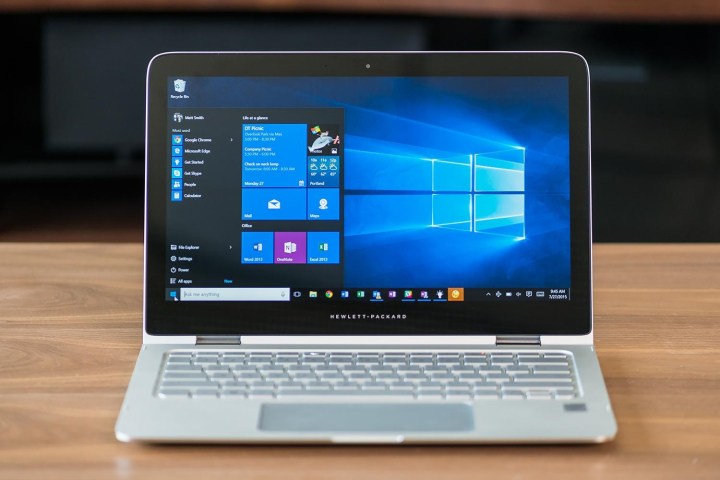
On Thursday, Insider members received an update to the Get Office app that is installed as standard on Windows 10. The app is still labeled as Get Office in most contexts — but upon closer inspection in Task Manager, it is actually referred to as Office Hub.
It is rumored that the Office suite is set to be integrated more deeply into Windows 10 as a result of the Creators Update. Users are expected to be able to access content from Office directly from their desktop, using a Cortana-inspired interface that launches from the taskbar or the Action Center.
These plans for deeper Office integration planned for the Creators Update might be corroborated by the fact that Office Hub is a Project Centennial app, according to a report from MS Power User. Project Centennial is a development tool created by Microsoft that simplifies the process of porting Win32 software to the Windows Store, which gives Office Hub access to functionality that a Universal Windows Platform app cannot utilize.
The Office Hub app is fairly limited in its current state, only offering up access to Office apps, recent documents, and support. Of course, the transition from Get Office to its final form in the Creators Update will likely be an iterative process that plays out over the coming months.
It will certainly be interesting to see how Microsoft chooses to incorporate Office into Windows 10. Given the widespread usage of software like Word, Excel, and Outlook in the workplace, it would not be too surprising if this strategy was part of the company’s attempt to persuade enterprise users to leave previous versions of Windows behind.
Editors' Recommendations
- The next big Windows 11 update has a new hardware requirement
- Windows 11 vs. Windows 10: finally time to upgrade?
- Microsoft may fix the most frustrating thing about Windows updates
- Copilot’s most exciting Office features will cost $20 a month
- Microsoft plans to charge for Windows 10 updates in the future


